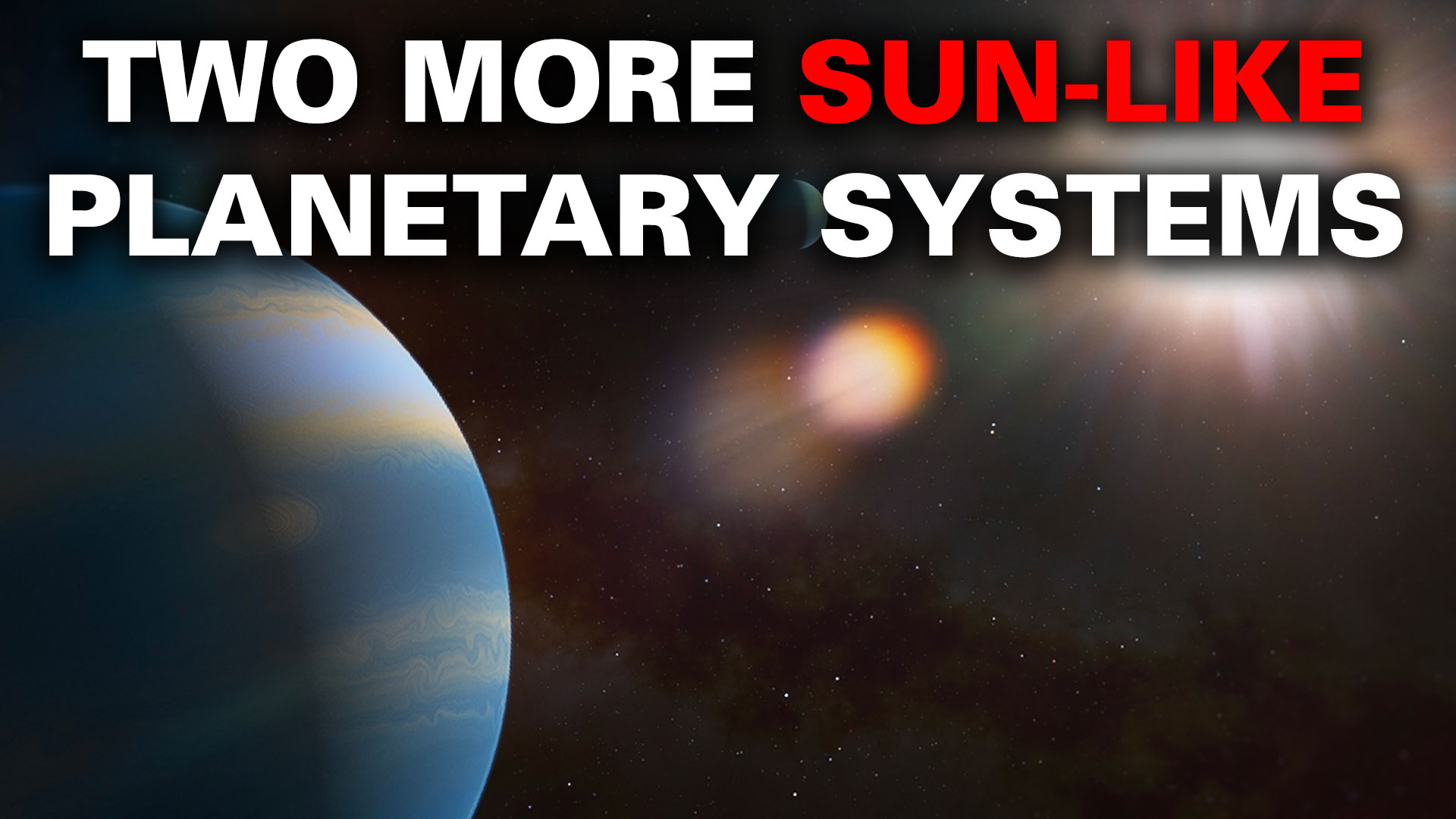Blue Origin’s New Shepard rocket successfully launched and landed today at the company’s Launch Site One in West Texas, with an uncrewed science and goodwill payload onboard. This was the 24th New Shepard flight and 13th payload mission today from Launch Site One in West Texas.
This marked the first flight since September of 2022 when the uncrewed NS-23’s booster suffered an in-flight anomaly; however, the escape system jettisoned the capsule, which was able to land safely. With the success of NS-24, Blue Origin hopes to soon restart its commercial passenger flights.
Continue reading “Blue Origin’s New Shepard Completes 24th Flight; New Glenn Hopefully on the Horizon”









